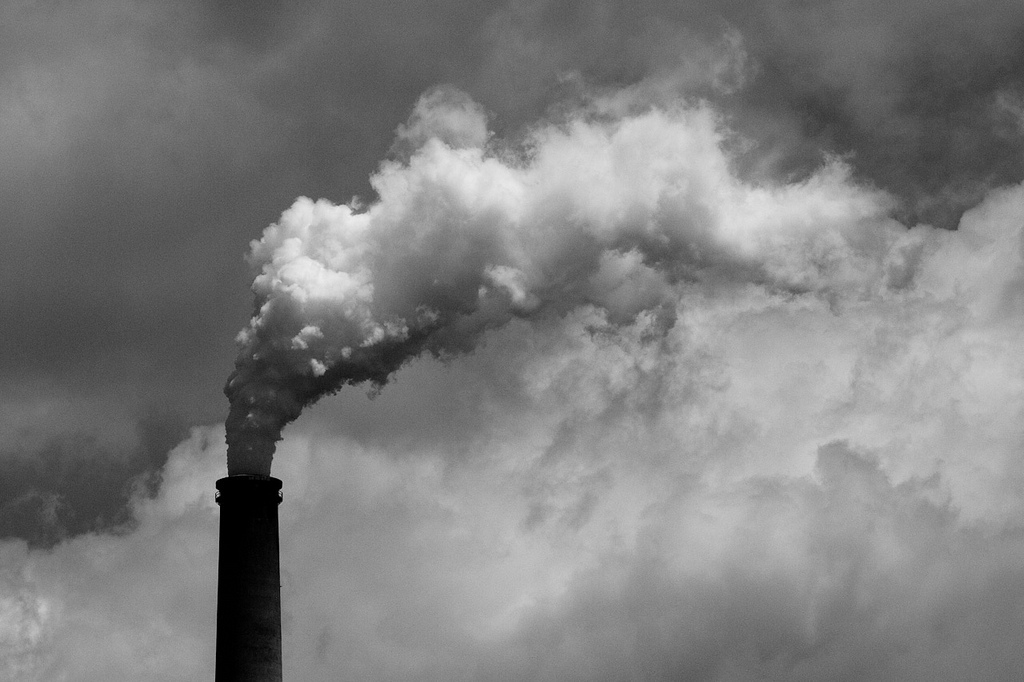Photo credit: Bill Herndon (cc)
Today the Obama administration announced its plan to cut 30 percent of carbon emissions from power plants by 2030. The new emission standards are historic and are called the strongest action taken by the U.S. so far to curb the effects of climate change. It’s also the first time ever that an American president wants to regulate carbon dioxide emissions from power plants.
EPA Administrator Gina McCarthy said that the Clean Power Plan would ensure a healthier environment, spur innovation and strengthen the economy and create jobs. “Climate change, fueled by carbon pollution, supercharges risks to our health, our economy, and our way of life,” McCarthy said. “By leveraging cleaner energy sources and cutting energy waste, this plan will clean the air we breathe while helping slow climate change so we can leave a safe and healthy future for our kids.”
Coal lobbyist say the plan will create an energy crisis and force hundreds of coal plants to close. But experts say that investments in renewable energy, an industry that already employs 6.5 million people globally, will “explode” as a result of Obama’s new proposal.
“If you’re working in the solar or wind industry, you should feel very happy right now. Those are the industries growing faster than the rest of economy,” Mike Brune, executive director of the Sierra Club, said to Al Jazeera America. “It’s clear that those are going to be the industries to work in, invest in and watch. They’re about to explode in terms of growth.”
If the proposal goes through, it could lead to a transformation of the whole energy economy in America, as well as playing a vital role in international climate negotiations – successfully putting pressure on China and India to also limit their use of coal.
The new proposal, issued by the Environmental Protection Agency (EPA), mainly targets the country’s 600 coal plants and would result in a 30 percent reduction by 2030 from carbon levels recorded in 2005. The 2005 baseline is politically important as it makes the target much easier to hit. Carbon emissions were much lower at this time than only a few years back. In 2013, the emissions were 10 percent lower compared to only eight years prior. Setting a baseline much further back would have made a bigger impact on climate change – but it would also make the proposal harder to sell.
Despite this, the reactions from environmental groups are generally positive but they stress that Obama, and the plan, can do much more. “The new rule shows that the Obama administration is serious about taking action on climate change, but the Administration could and should strengthen it considerably,” Greenpeace director Gabe Wisniewski said in a statement.
But the plan might not come into effect until 2017 or 2018 – long after Obama has left office. First, the plan is open for public comment until June next year. After that, all 50 states will participate in a regulatory process where they will determine how to reduce their emissions. The 30 percent target is for all of U.S., this means that targets for individual states varies depending on their current usage of coal. The state of Ohio will have a target of 28 percent, while Kentucky and Wyoming only have to cut emissions by 18 and 19 percent respectively. The proposal could potentially also be in jeopardy if the Republicans were to form an administration before it becomes law.


Recommended Comments
Join the conversation
You can post now and register later. If you have an account, sign in now to post with your account.